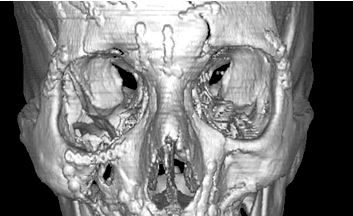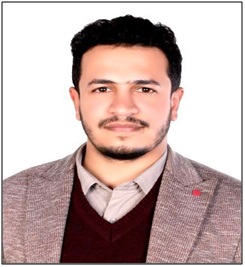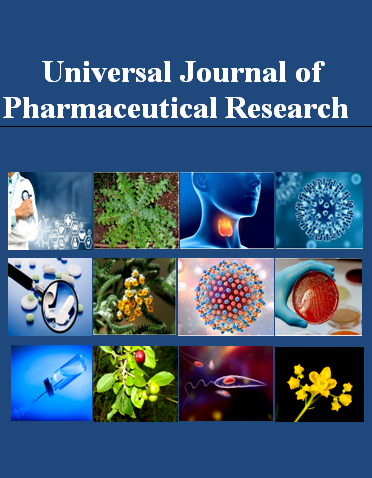OUTCOME OF 3D RECONSTRUCTION IN ORBITAL AREA AFTER LONG PERIOD FOLLOW UP IN A MILITARY HOSPITAL IN SANA’A CITY, YEMEN
Keywords:
3D reconstruction, implant, orbital fractures, orbital reconstruction, outcome, PEEK, PMMA, reconstructive surgical procedures, YemenAbstract
Background and aims: Long-term follow-up after 3D reconstruction in the orbital area show improvements in cosmetic appearance, ocular motility, and resolution of issues like enophthalmos and diplopia, with some residual symptoms and rare complications. The study aims to assess clinical outcomes of 3D printing for reconstructing orbital bone defects in patients receiving PEEK and PMMA implants.
Materials and methods: A study conducted at the Military Hospital in Sana'a, Yemen, involved seven patients with orbital fractures who underwent 3D-printed orbital bone repair. Conventional treatments had previously failed in these patients. Examinations included computed tomography (CT), functional assessments, and preoperative evaluations. GOM and ATOS technologies were used to develop customized 3D-printed implants, and general anesthesia was used during the surgeries.
Results: The group, consisting of 100% males and 0.0% females, had a mean age of 30.3 years. Six cases showed positive outcomes, while the third case failed due to issues like loose orbital rim, blocked tear duct, allergies, and patient disengagement. The study reveals that 42.9% of patients underwent orbital bone reconstruction surgery using 3D printing technology, with 42.9% experiencing pain, 7.7% experiencing aesthetic deformity, and 23.6% experiencing infection. The reconstruction material used was polyether ether ketone (PEEK), polymethyl methacrylate (PMMA), or poly-cule. The study found that 28.6% of patients had fractures in the mandible, maxilla, nose, zygomatic bone, orbit, and frontal bone. Comminuted fractures were found in all seven patients, and no simple, compound, or complex fractures were recorded. The study found that 57.1% of patients were highly satisfied with their surgical results, with 14.3% satisfied and 28.7% dissatisfied, with all patients demonstrating good quality of life.
Conclusion: The study found seven patients had imperfect orbital fractures, with a third having fractures in various areas. Comminuted fractures were common, with high instability rates. Most patients were satisfied with their surgical results and quality of life, supporting the use of 3D navigation for complex orbital reconstruction.

Peer Review History:
Received 2 August 2025; Reviewed 10 September 2025; Accepted 19 October; Available online 15 November 2025
Academic Editor: Dr. Asia Selman Abdullah , Pharmacy institute, University of Basrah, Iraq, asia_abdullah65@yahoo.com
, Pharmacy institute, University of Basrah, Iraq, asia_abdullah65@yahoo.com
Reviewers:
 Dr. Ogbonna B. Onyebuchi, Nnamdi Azikiwe University, Awka, Nigeria, summitpharm@yahoo.com
Dr. Ogbonna B. Onyebuchi, Nnamdi Azikiwe University, Awka, Nigeria, summitpharm@yahoo.com
 Prof. Syamsudin Abdillah, Pancasila University, Indonesia, syamsudin.abdillah@gmail.com
Prof. Syamsudin Abdillah, Pancasila University, Indonesia, syamsudin.abdillah@gmail.com
Downloads

Published
How to Cite
Issue
Section
Copyright (c) 2025 Universal Journal of Pharmaceutical Research

This work is licensed under a Creative Commons Attribution-NonCommercial 4.0 International License.









 .
.